Ashiv Dhondea
DFTS2: Simulating Deep Feature Transmission Over Packet Loss Channels
Dec 01, 2021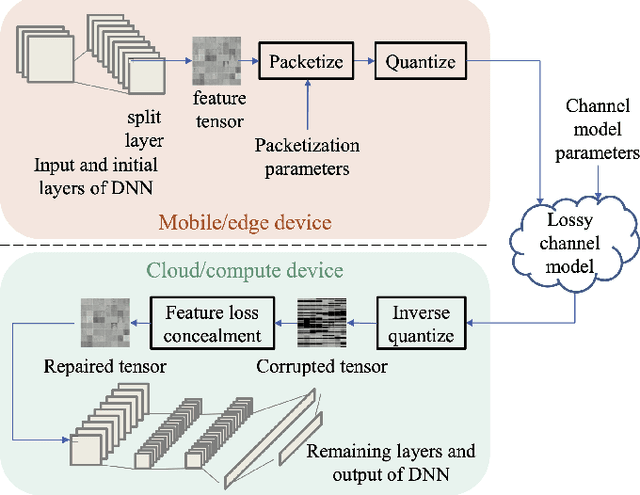
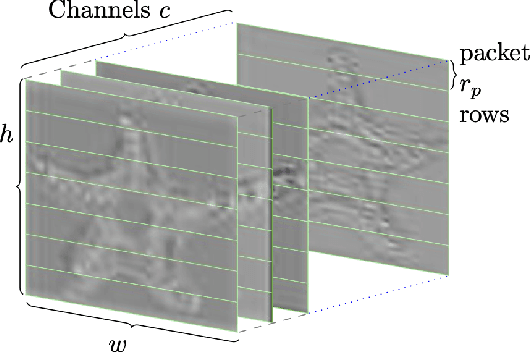
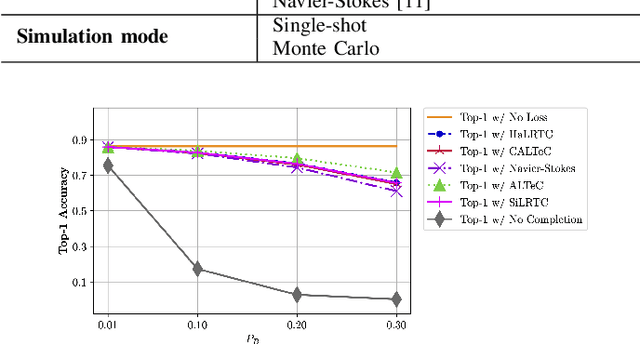
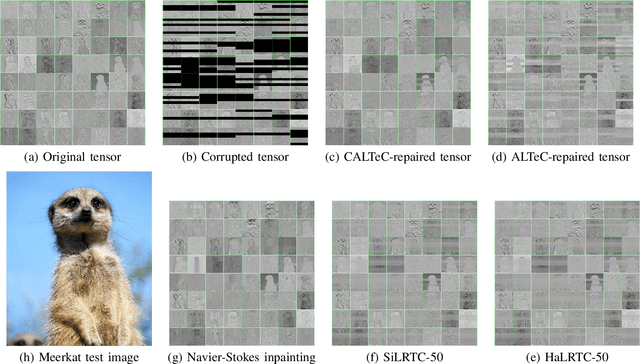
Abstract:In edge-cloud collaborative intelligence (CI), an unreliable transmission channel exists in the information path of the AI model performing the inference. It is important to be able to simulate the performance of the CI system across an imperfect channel in order to understand system behavior and develop appropriate error control strategies. In this paper we present a simulation framework called DFTS2, which enables researchers to define the components of the CI system in TensorFlow~2, select a packet-based channel model with various parameters, and simulate system behavior under various channel conditions and error/loss control strategies. Using DFTS2, we also present the most comprehensive study to date of the packet loss concealment methods for collaborative image classification models.
CALTeC: Content-Adaptive Linear Tensor Completion for Collaborative Intelligence
Jun 10, 2021
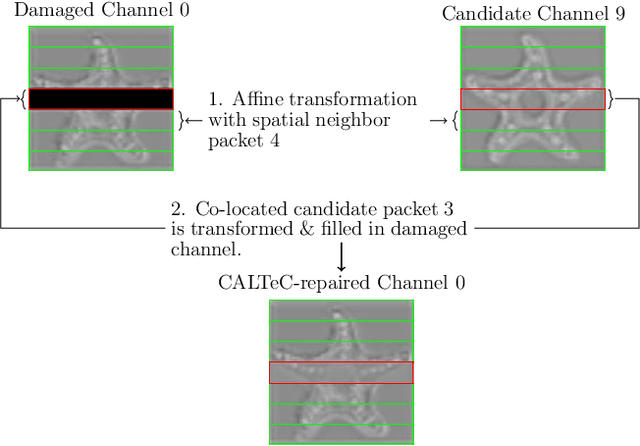

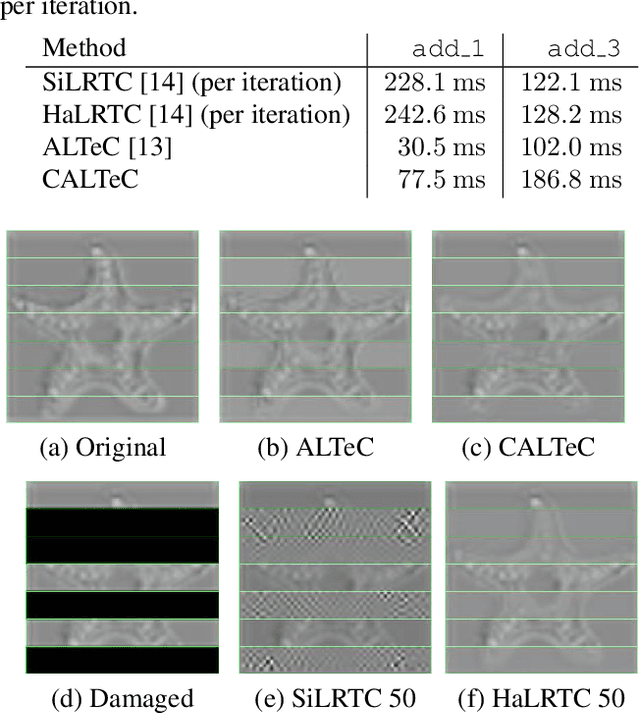
Abstract:In collaborative intelligence, an artificial intelligence (AI) model is typically split between an edge device and the cloud. Feature tensors produced by the edge sub-model are sent to the cloud via an imperfect communication channel. At the cloud side, parts of the feature tensor may be missing due to packet loss. In this paper we propose a method called Content-Adaptive Linear Tensor Completion (CALTeC) to recover the missing feature data. The proposed method is fast, data-adaptive, does not require pre-training, and produces better results than existing methods for tensor data recovery in collaborative intelligence.
 Add to Chrome
Add to Chrome Add to Firefox
Add to Firefox Add to Edge
Add to Edge